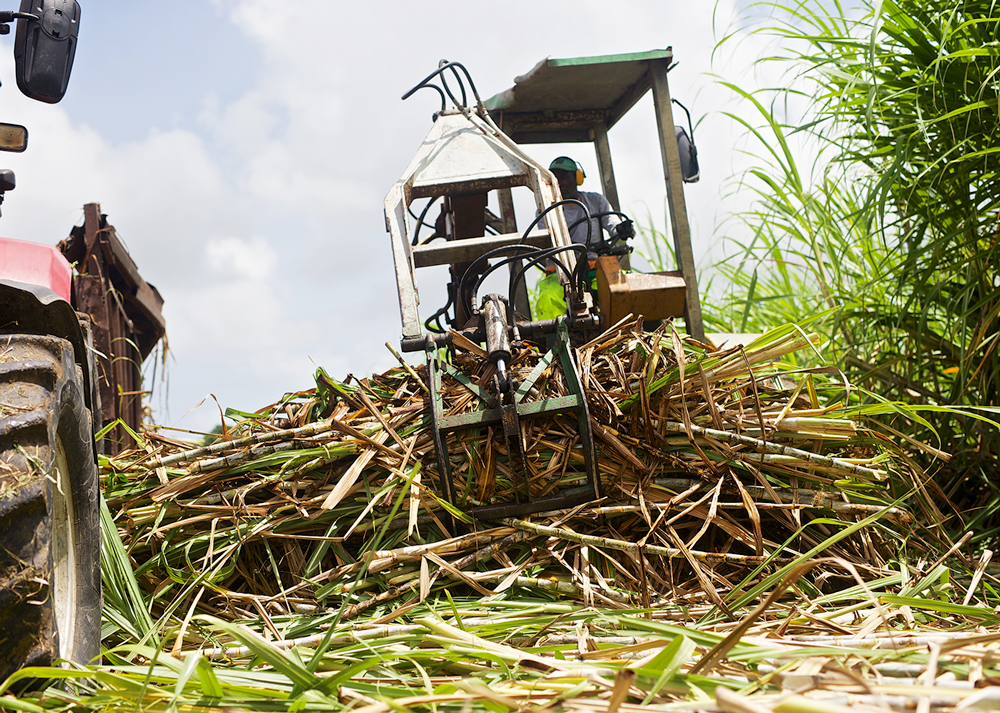Sugar cane was introduced to Guadeloupe in the 17th century. Homeowners grow sugar cane to produce sugar, alcohol (rum) and molasses. Sugar production became a mainstay of the island’s economy, with the rise of sugar plantations in the 18th century. Guadeloupe became one of Europe’s leading sugar producers, but the industry was based on a brutal slave system. After the abolition of slavery in 1848, sugar production faced challenges linked to labor shortages, leading to economic and social transformations.
world producer – Brazil
Representing a quarter
of world production
European territory
producer of cane sugar
(Guadeloupe)
Cane sugar is the very essence of our culture, just as essential as rum and flamboyant madras. Each grain carries with it the history of our land, our know-how and our work.It embodies the richness of our heritage and the pride of our identity.
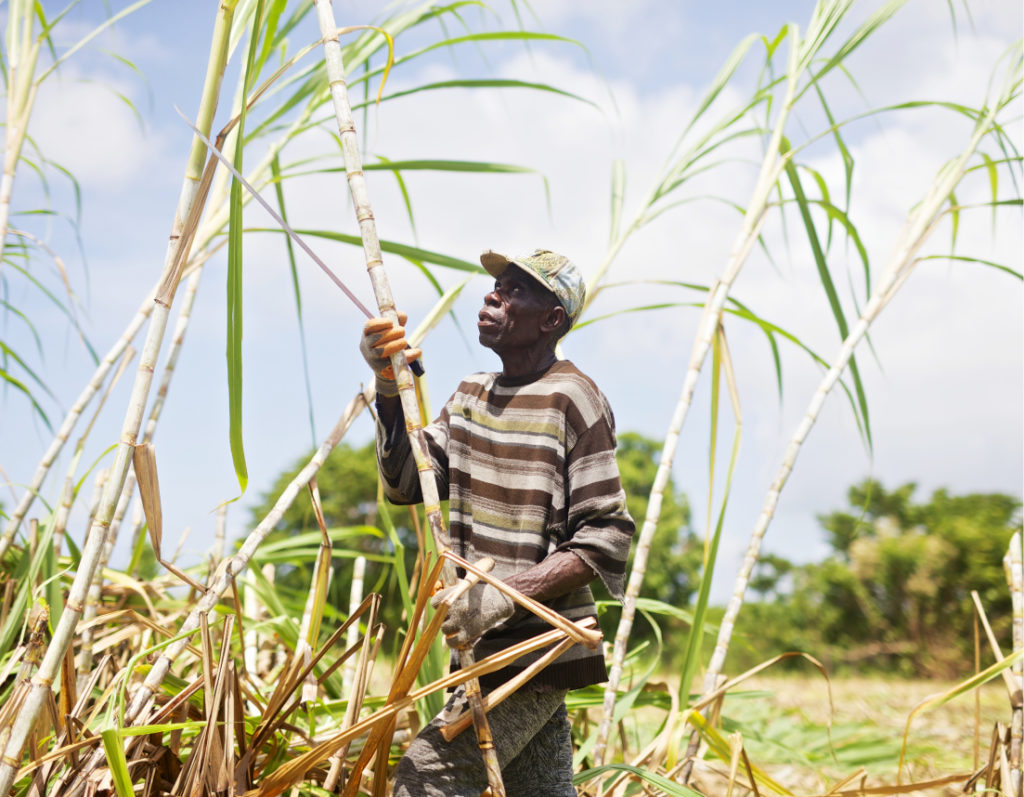

GARDEL makes Guadeloupe known around the world, with a growing share of exports. From the West Indies to Europe, GARDEL holds high the banner of excellence.
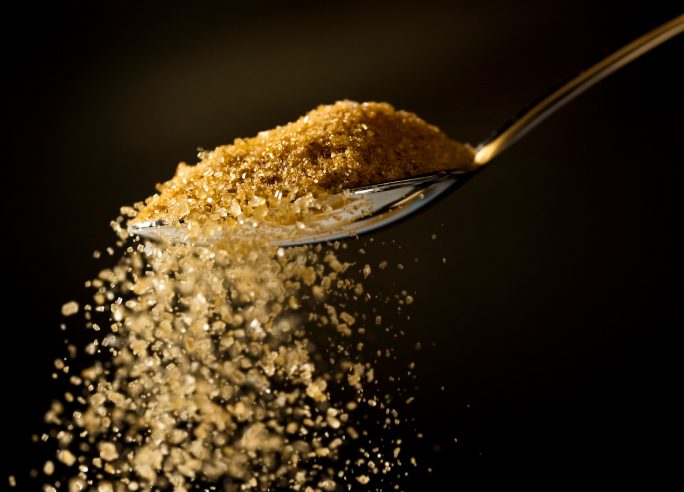
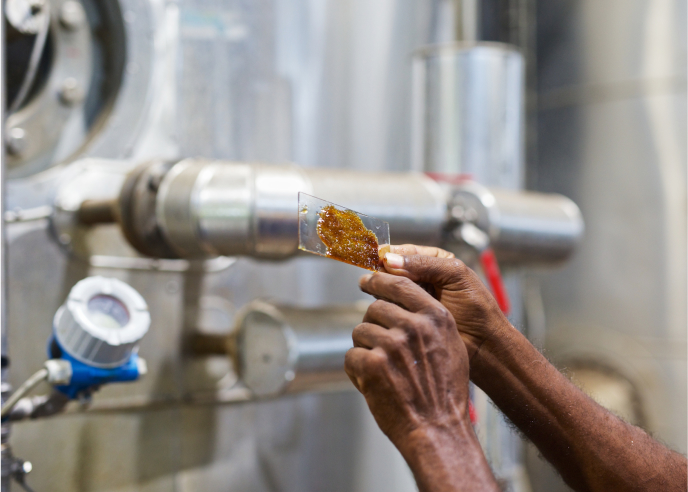
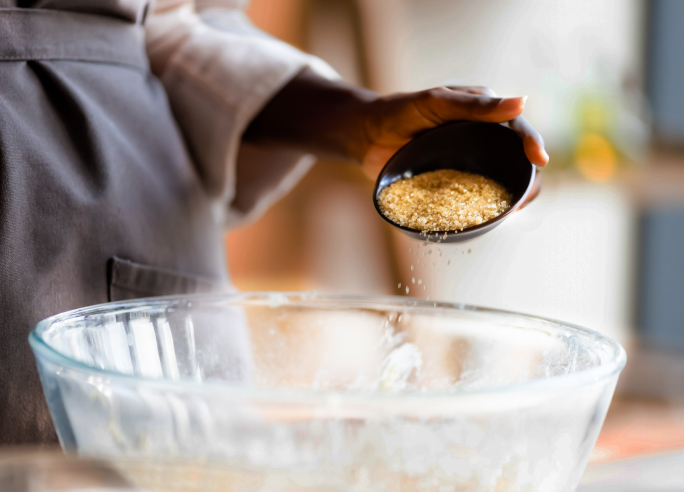
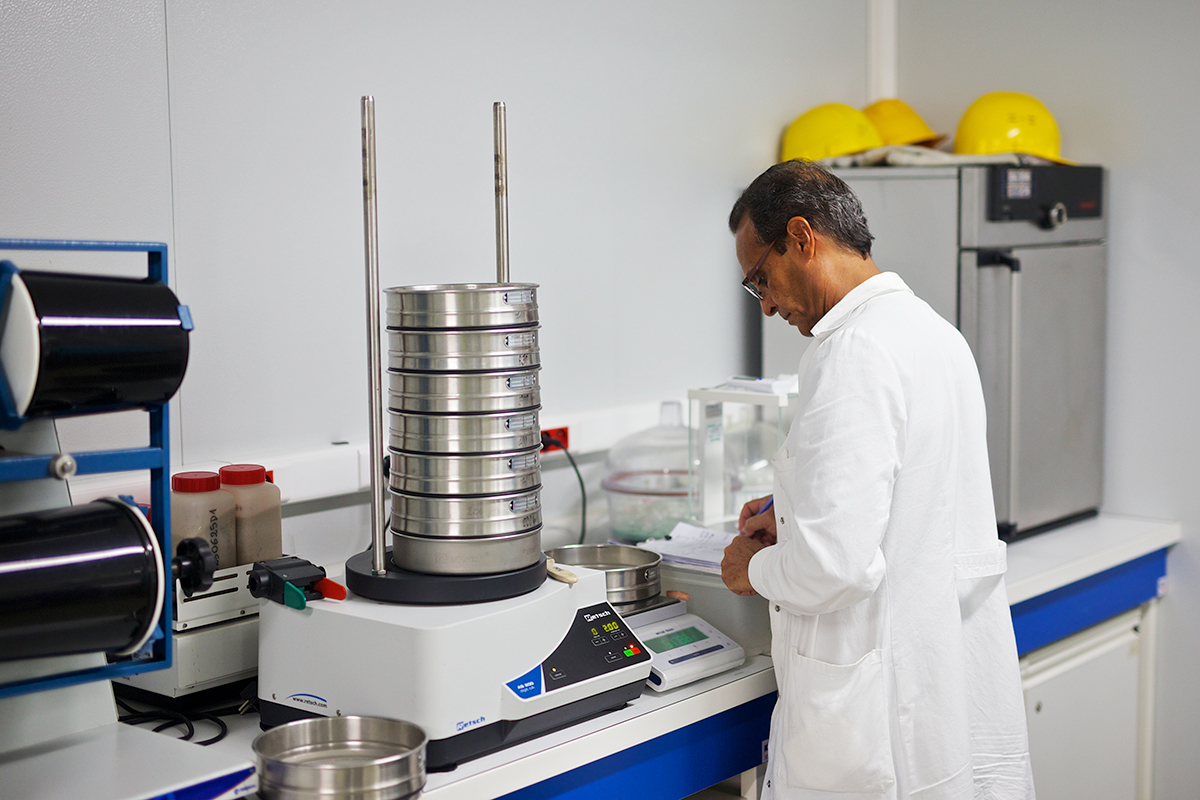

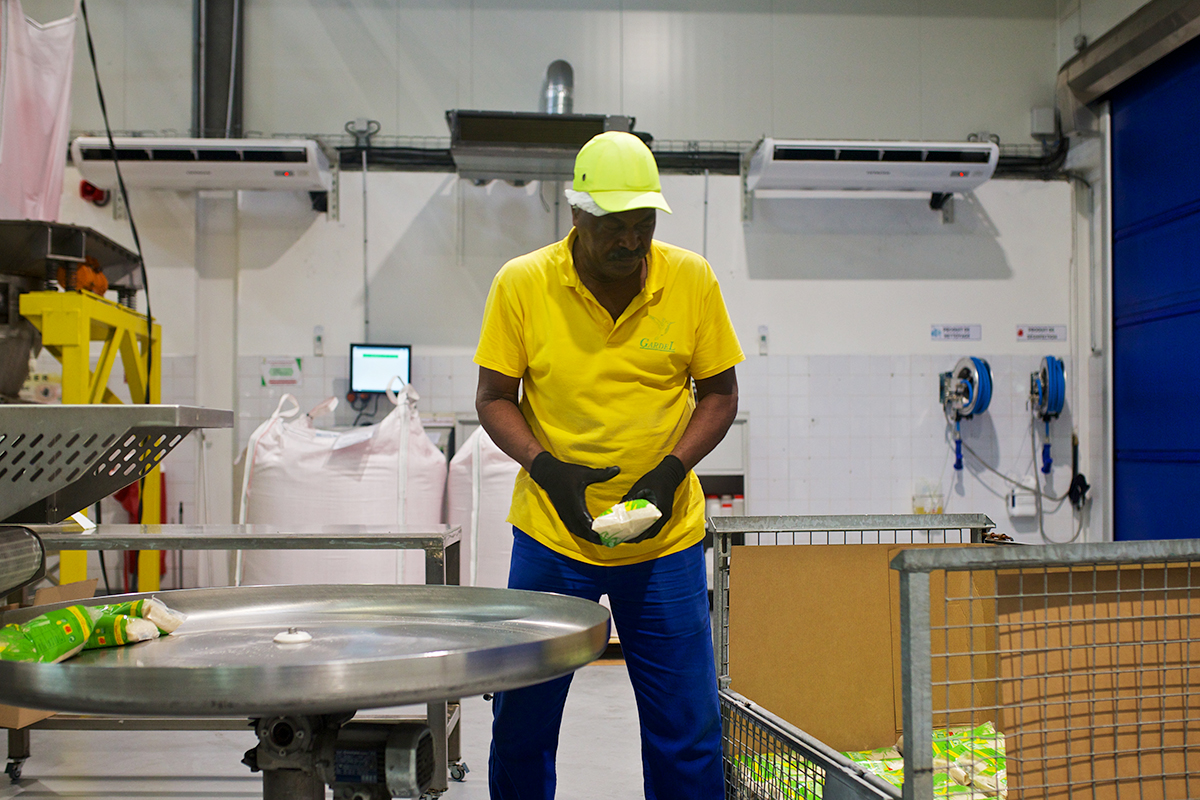
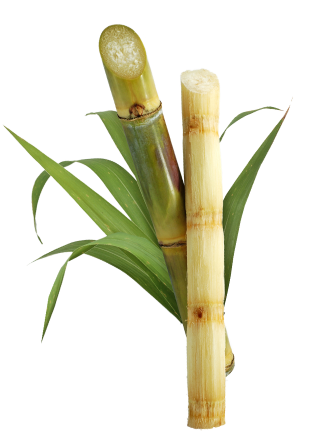
Cane sugar comes from the sugar cane plant. There’s a lot more to it than meets the eye.
